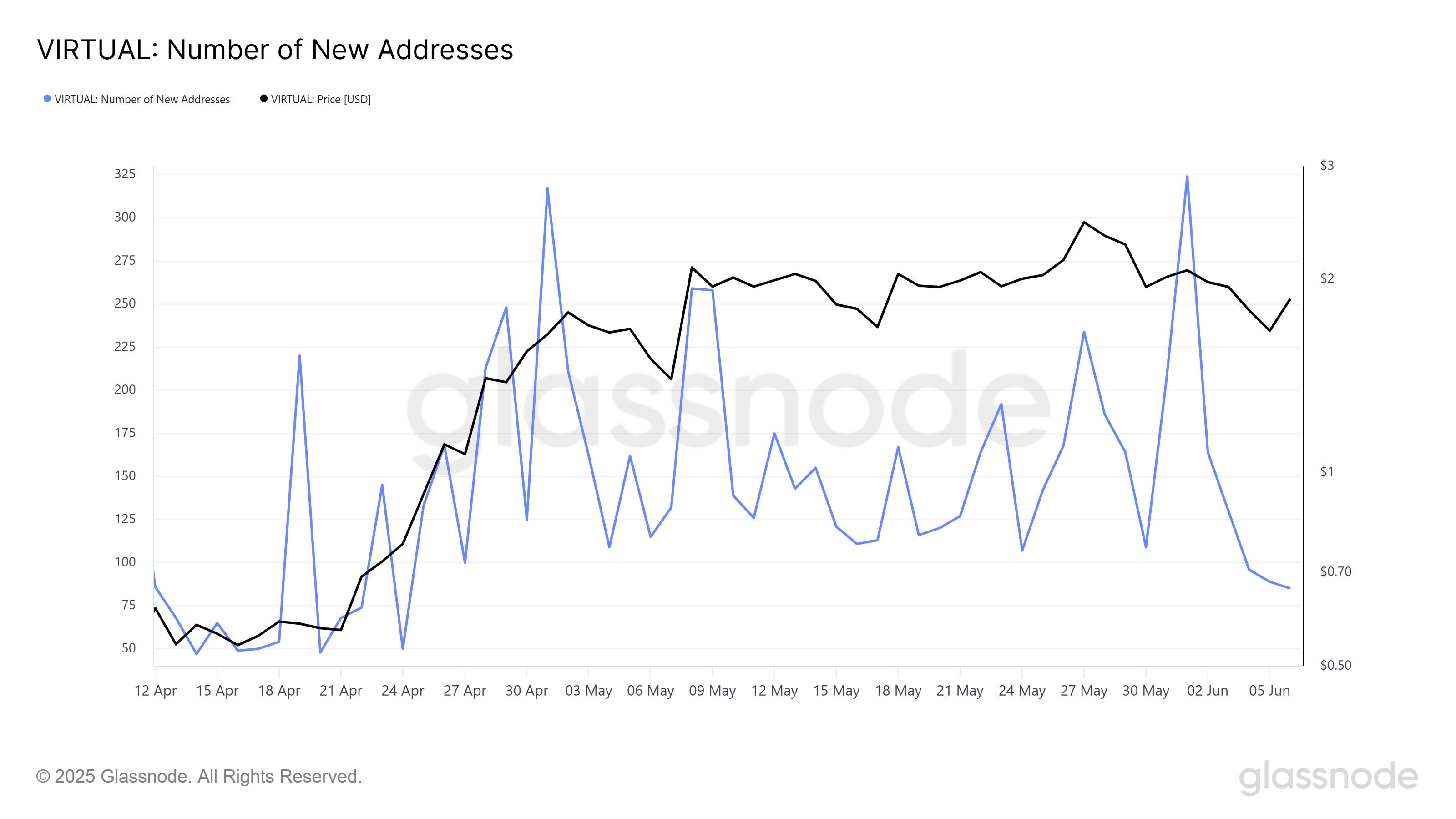The Mexican Peso (MXN) has continued its upward trajectory, buoyed by softer-than-expected inflation data and growing expectations of a rate cut by the Bank of Mexico (Banxico).
Inflation Eases in Mexico
Mexico’s headline inflation rate slowed to 4.55% in November, down from 4.76% in October. This decline, which was lower than market forecasts, signals a cooling of inflationary pressures in the country. Core inflation also softened, easing to 3.58% from 3.8% in the previous month.
The softer inflation data has increased speculation that Banxico may cut interest rates in its upcoming policy meeting on December 14th. This expectation, coupled with the potential for a rate cut by the US Federal Reserve, has further supported the MXN.
US Dollar Stumbles as Rate Cut Hopes Grow
The US Dollar Index (DXY) has struggled to gain momentum despite a strong November jobs report. While the US economy added 227,000 jobs, the unemployment rate unexpectedly ticked up to 4.2%. This has led to increased speculation that the Fed may cut rates in December to mitigate the risk of a recession.
Technical Outlook for USD/MXN
The USD/MXN pair remains in a downtrend, with a key support level at 20.00. A break below this level could trigger a deeper correction towards 19.75. On the upside, resistance levels are located at 20.25, 20.60, and 20.80.
Also Read: Mexican Peso Drops Amid 3.5% Spike In US Consumer Sentiment- What It Means For USD/MXN
The Mexican Peso has benefited from easing inflationary pressures and growing expectations of a rate cut by Banxico. The US Dollar, on the other hand, has struggled to gain traction as investors anticipate a potential rate cut by the Fed. As we move into the final weeks of the year, market participants will be closely watching economic data releases from both Mexico and the US for further clues on monetary policy directions.








